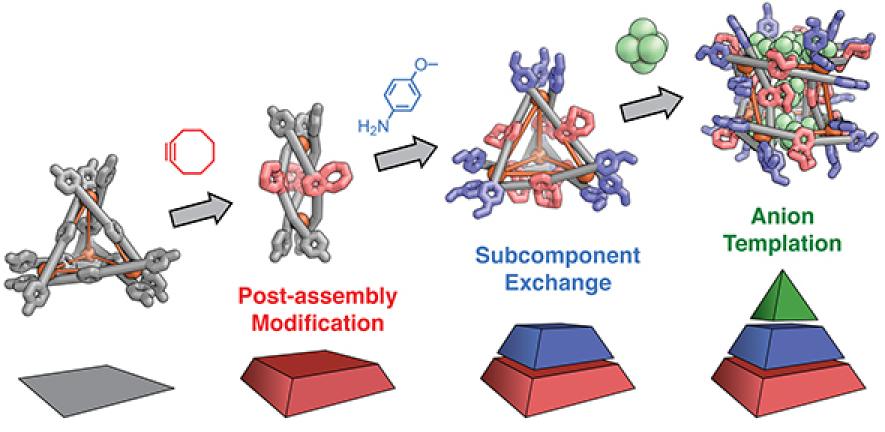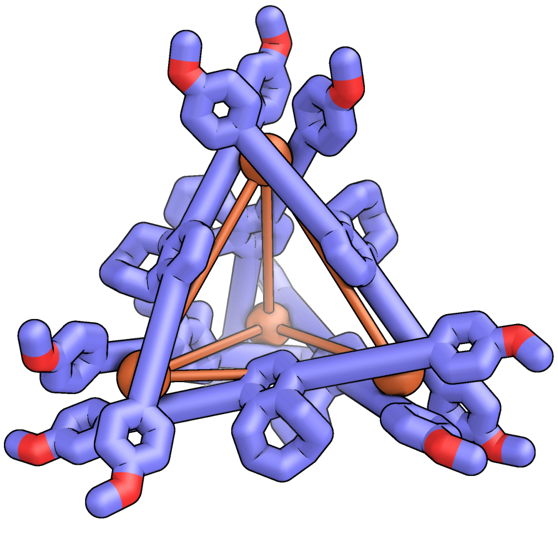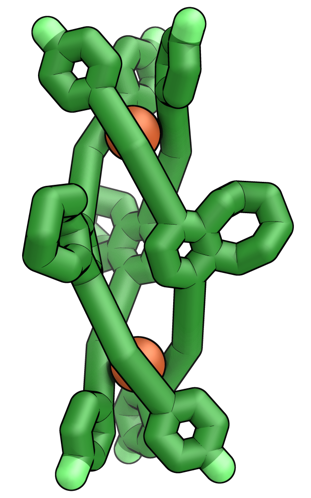
"This may lead to new chameleon-like materials that could be used for delivering medicines or encapsulating potentially harmful pesticides and industrial chemicals," says Dr Ben Pilgrim, a member of the research team.

Nanometer-sized molecular boxes ten thousand times smaller than a human hair can be constructed in a variety of different shapes, such as cubes, tetrahedra and prisms. Each shape gives rise to a distinct behaviour, in the same way that differently shaped tools serve specific purposes. By changing the shapes of these boxes, we can alter their functions. However, developing signals that trigger transformations from one structure type to another remains a challenge.
The researchers here in the department of Chemistry (Derrick Roberts, Ben Pilgrim, Giedre Sirvinskaite, Tanya Ronson, and Jonathan Nitschke) have recently shown that a tetrahedral cage can be transformed first into a helix and then into a tube-like prism structure in response to applied signals. This was accomplished by embedding a reactive group, called a tetrazine, into the edges of the structural framework. Their research appears in the Journal of the American Chemical Society.
These panels can be altered by the application of the first signal, which triggers the initial transformation. Two other different types of chemical stimuli can then be applied which induce these molecular 'Transformers' to reconfigure twice more.
The different shapes can be used to perform different functions. Tetrahedra, for instance, can act as molecular boxes to trap molecules (such as medicines). Synthetic helices can interact with the natural twists and turns of DNA.

Prisms can act as miniature channels that regulate the movement of molecules across barriers like the cell membrane. Studying artificial membrane channels can help scientists better understand diseases like cystic fibrosis, leading to more effective treatments.
The structures reported by the Cambridge team possess a chameleon-like ability to change shape and therefore function, depending on which of three different types of chemical signal are present in their immediate surroundings.
Incorporating this knowledge into medical treatments could allow development of adaptive medicines that tailor their behaviour according to the patient’s disease or where in the body they are administered.

